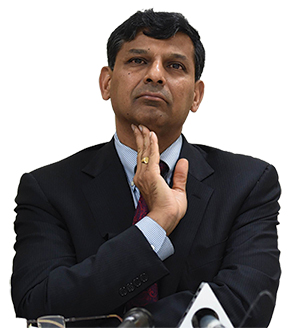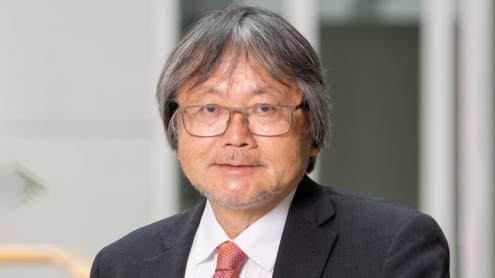Raghuram Rajan is something of a superstar in India. The local press thrives on him being a young – relative to the average Indian public official – academic who returned to India from the US to try to make a difference in his home country. In a way, he is seen as India’s anti-politician.
Media fanfare aside, praise for Mr Rajan’s work as the governor of the Reserve Bank of India (RBI), the country’s central bank, is not unfounded. In a country often associated with red tape, slow change and poor accountability, Mr Rajan’s incumbency is widely praised as being proactive, no-nonsense and effective.
Highlights of Mr Rajan’s work include stabilising the rupee, the RBI adopting an inflation-targeted framework and launching initiatives supporting Indian start-ups and the banking sector (see cover story).
The man for a crisis
When the governor took charge at the RBI in 2013, the Indian currency was in freefall. And in 2015, emerging market currencies such as the Malaysian ringgit, the Indonesian rupiah and the Thai bhat hit the floor owing to record capital outflows spurred by expectations of a US Federal Reserve rate hike that materialised at the end of the year.
The RBI, however, managed to halt the rupee’s slide in 2013 and ensured a stable currency throughout 2015 by prioritising policy reform rather than intervening in the foreign exchange market. “[The rupee] is a thermometer on the state of the country. It also tells you that trying to intervene directly in the currency when a lot of concern is about policies is a very expensive task… so what we focused on was getting the fundamentals in place,” says Mr Rajan.
First, Mr Rajan started targeting consumer price inflation rather than wholesale price inflation because the latter can give misleading results. The RBI then set up a monetary policy committee independent of the government, focusing purely on meeting inflation targets.
“All of this gave investors a sense of confidence that inflation would not take away the gains of investing in the currency,” says Mr Rajan. Inflation in January 2016 at 5.69% was below the RBI’s 6% target and the central bank expects inflation to hit its 5% target by the end of fiscal year 2017.
Deficit and inflation
This forecast, however, did not take into account an increase in government expenditure to accommodate a 23% pay rise for India’s central government employees and retired civil servants. The pay rise was suggested by an independent pay commission that carries out a review of government salaries and pensions every decade. In the budget for fiscal year 2017, announced in February, the government provisioned as much as Rs700bn ($10.45bn) to accommodate about 60% to 70% of this suggested pay rise, according to local press.
In early 2016, Mr Rajan said that if the central government agreed to the pay rise, India’s inflation trajectory would be affected for the next 12 to 24 months. Although government expenditure is not under the purview of the central bank, Mr Rajan is known to favour a tight fiscal policy framework. “The Indian economy is viewed as a beacon of stability due to steady disinflation, a modest current account deficit and commitment to fiscal rectitude. This needs to be maintained so that the foundations of stable and sustainable growth are strengthened,” said Mr Rajan at the RBI's bi-monthly monetary policy announcement in February 2016.
“Structural reforms in the upcoming union budget to boost growth while controlling spending will create more room for monetary policy to support growth while also ensuring that inflation remains in the projected path of 5%,” he added, which suggests that future interest rate cuts may be possible only if the deficit is kept at bay. At the budget announcement in early February, finance minister Arun Jaitley said fiscal deficit targets remained unchanged at 3.5% and 3.9% of gross domestic product for fiscal years 2016 and 2017, respectively.
Supporting start-ups
RBI’s ambitions, however, go beyond taming inflation. The central bank has been key in efforts made to revive India’s corporate sector, which is highly leveraged.
Nurturing local start-ups is one way to modernise this part of the economy. The number of start-ups in India is already on the rise, with a 40% year-on-year growth to 4200 in 2015, according to IT industry body Nasscom.
But in January 2016, the RBI rolled out further regulatory reforms aimed at facilitating and increasing cross-border transactions targeting Indian start-ups. New measures include simplifying documentation and reporting procedures, and making it easier for foreign venture capital to target domestic start-ups. This reform might be met with resistance from India’s conventional business community, which thrived in the closed economy before liberalisation in 1991. However, the start-up initiative is likely to increase Mr Rajan’s popularity among younger local firms and international market participants.












